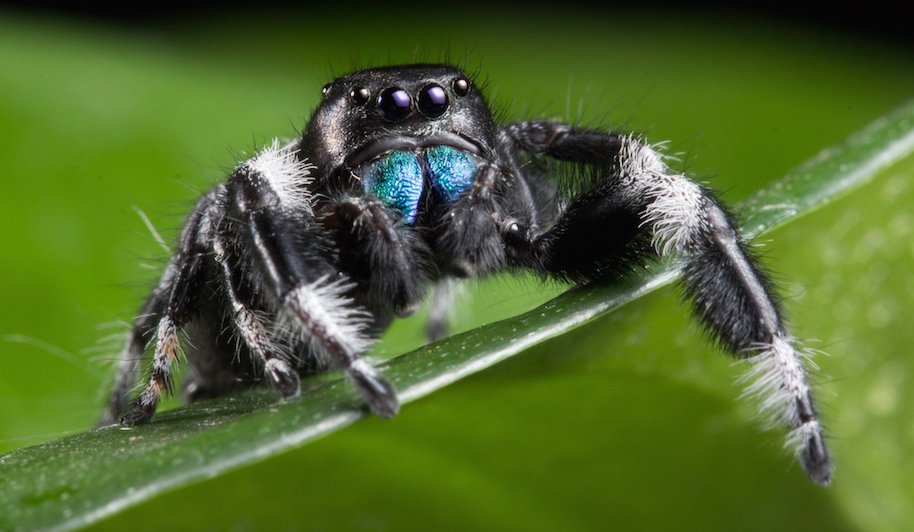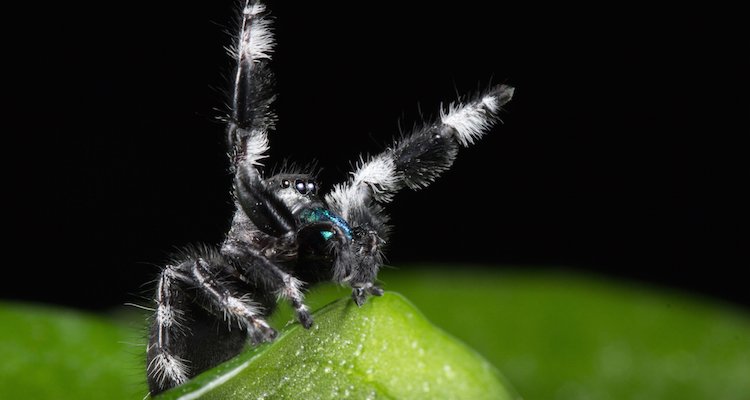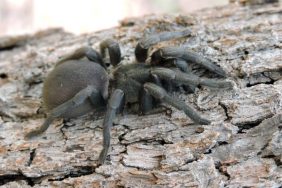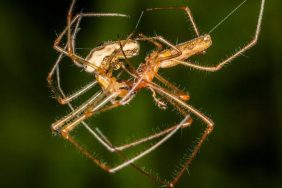Photo: Jordan Cadiot / Barcroft Images / Barcroft Media (Getty)
Who doesn’t love spiders? Especially trained spiders. Well, considering they could devour the human population at any time, most of us — including yours truly.
A team of brave researchers at the University of Manchester in the UK took it upon themselves to train a spider to jump on command, capturing each catapult with a high-speed, high-def camera. The goal? Learn how the regal jumping spider takes its epic leaps in order to replicate it in a robot.
The findings were published recently on Nature. Of the multiple spiders purchased, only one — which they named Kim — decided to participate.
Kim was able to jump roughly five times her body length (humans can only jump 1.5 times their body length). It appears the spiders use a mix of both pure strength in their back legs along with hydraulics. Russell Garwood, paleontologist at the University of Manchester and co-author of the new paper, elaborated further:
Our key finding for this species is that short range jumps tend to use low angled trajectories that minimize flight time. These types of jumps, traversing about 30 millimeters, were faster and prioritized speed and accuracy over other requirements.
[…] Hence it seems the dynamics of the animals’ jumps differ depending on the nature of the jump.
Hmmmm, fascinating. As far as longer jumps (up to 60 millimeters in distance) are concerned, steeper takeoff angles are utilized to optimize flight time, allowing spiders to travel further, while minimizing the amount of energy exerted.
Even with their extreme jumping abilities, sometimes it’s still not enough: Now They’re Rescuing Giant Spiders In Australia
Also helping Kim and other spiders like her? Insanely sharp vision — Eight eyes: four large ones in the front and four smaller ones on top of the head.
Here’s another look at what a male regal jumping spider looks like.

Researchers hope to eventually replicate the jumping physics displayed by Kim into a flying or jumping robot — possibly leading into a new era of “micro-robots.” One early attempt to replicate the spider’s jumping ability was a pretty epic fail, which you can see in the video below. It also contains the footage of Kim showing off. Even as someone who despises arachnids, it’s incredibly interesting (but still doesn’t mean I’m getting rid of my stash of Raid in the closet).
Josh Helmuth is a sports reporter who contributes to Mandatory. He’s not a fan of spiders, especially those that jump.







